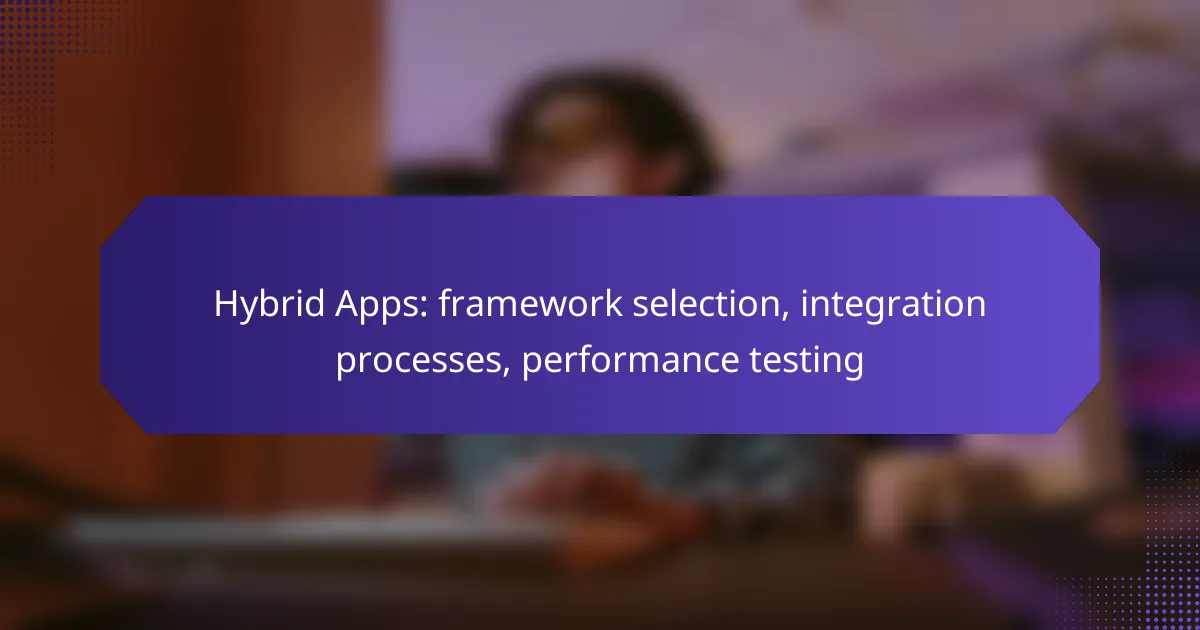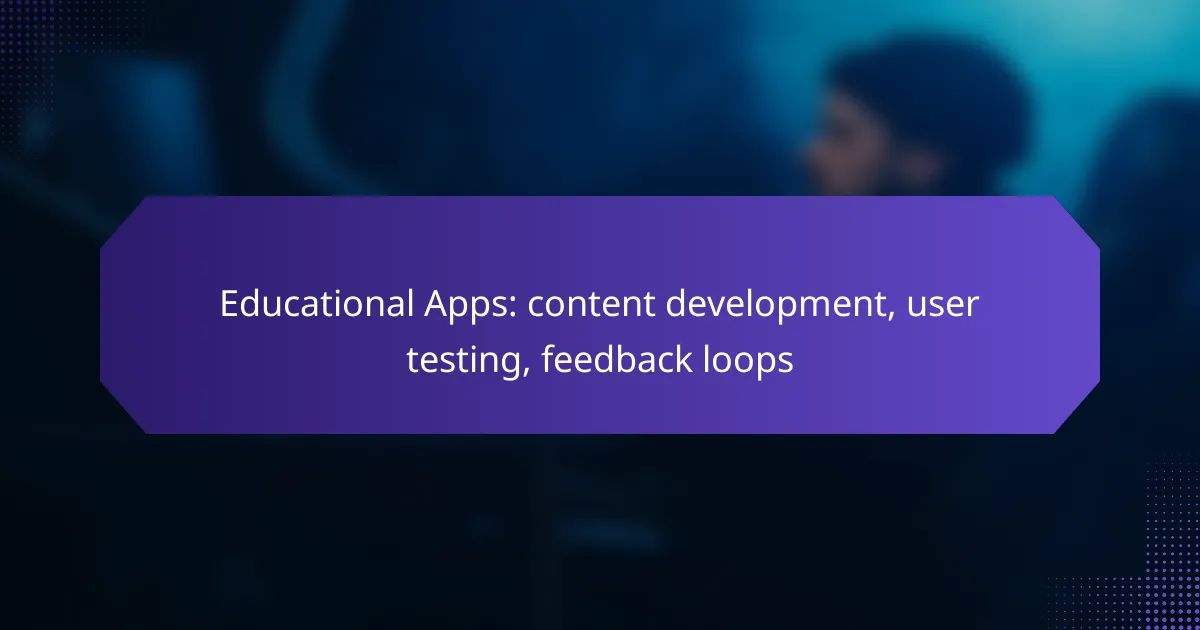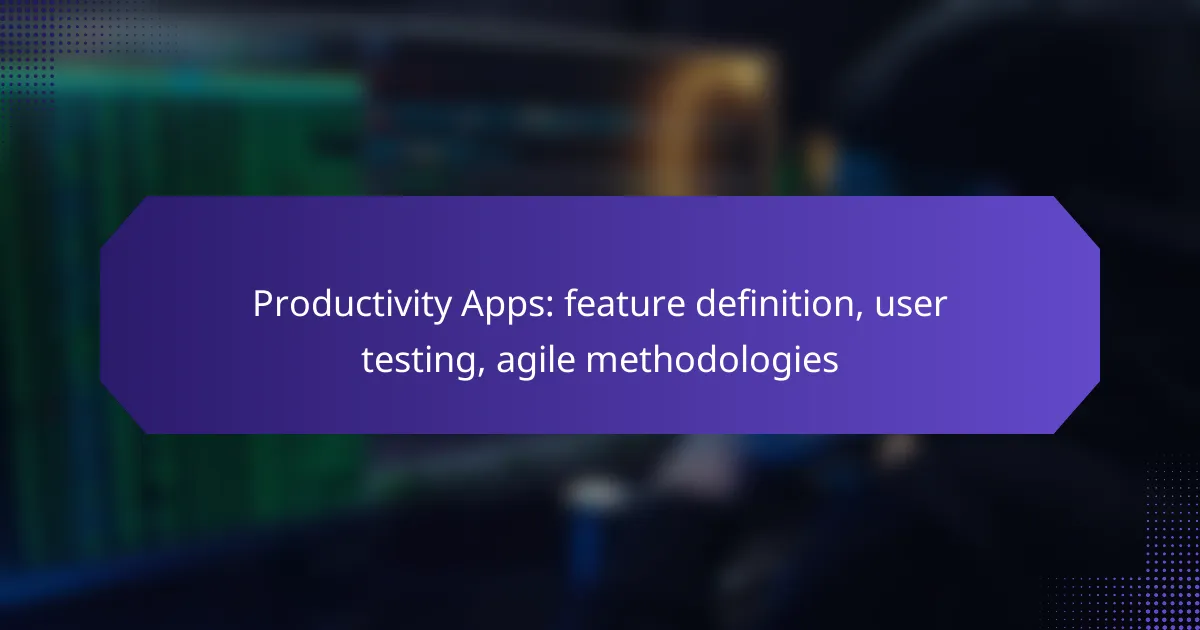E-commerce apps require robust backend integration to enhance operational efficiency and user experience, particularly in the UK market. Effective user flow design is crucial for guiding customers smoothly from product discovery to checkout, ultimately boosting conversion rates. Additionally, thorough testing phases, including unit, integration, and user acceptance testing, are essential to ensure that the app functions correctly and meets user expectations.
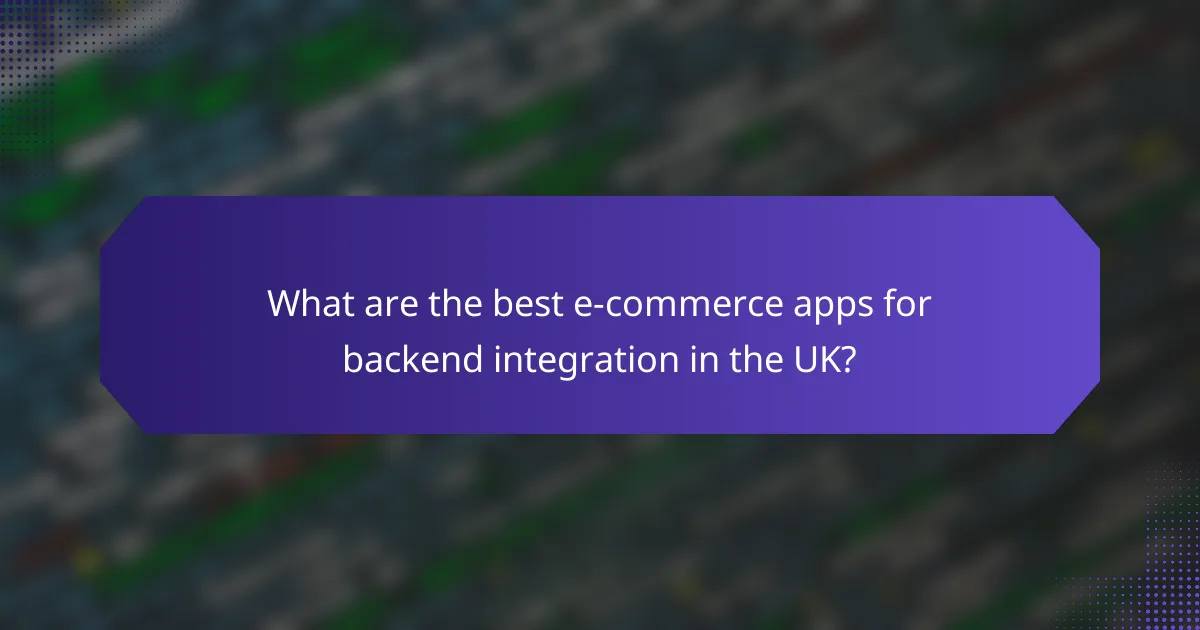
What are the best e-commerce apps for backend integration in the UK?
The best e-commerce apps for backend integration in the UK include platforms that streamline operations, enhance user experience, and support various payment gateways. These applications are designed to seamlessly connect with inventory management, shipping solutions, and customer relationship management systems.
Shopify
Shopify is a leading e-commerce platform known for its user-friendly interface and robust backend integration capabilities. It supports various payment gateways, including PayPal and Stripe, making it easy for UK businesses to manage transactions efficiently.
Consider Shopify if you need a quick setup and extensive app marketplace. However, be aware of transaction fees unless you use Shopify Payments, which can impact your profit margins.
WooCommerce
WooCommerce is a flexible e-commerce solution built on WordPress, ideal for businesses looking for customization. It allows seamless integration with numerous plugins for inventory management and shipping, catering well to UK retailers.
When using WooCommerce, ensure your hosting provider can handle the traffic and data load. Additionally, be cautious with plugin compatibility, as it can affect site performance.
Magento
Magento offers a powerful e-commerce platform suitable for larger businesses with complex needs. Its backend integration capabilities are extensive, allowing for custom solutions that can handle high volumes of transactions and products.
Choose Magento if you require advanced features and scalability. However, it demands a higher level of technical expertise and can incur significant development costs, which may not be ideal for smaller businesses.
BigCommerce
BigCommerce is known for its strong built-in features and scalability, making it a solid choice for growing businesses. Its backend integrations support various payment processors and shipping solutions, which are crucial for UK e-commerce operations.
Consider BigCommerce if you want a platform that can grow with your business. However, review its pricing structure carefully, as it may increase with higher sales volumes.
Salesforce Commerce Cloud
Salesforce Commerce Cloud is a comprehensive e-commerce solution that integrates seamlessly with Salesforce’s CRM capabilities. This platform is particularly beneficial for businesses looking to leverage customer data for personalized shopping experiences in the UK market.
Utilize Salesforce Commerce Cloud if you prioritize customer relationship management alongside e-commerce. Keep in mind that it may require a significant investment and a dedicated team to manage effectively.
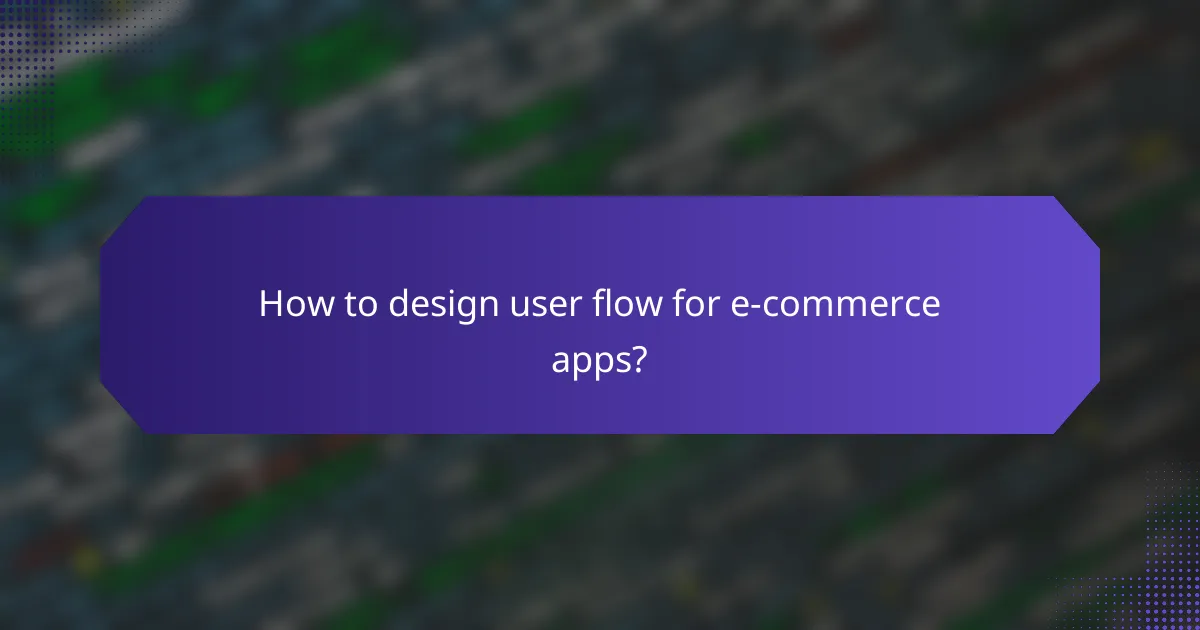
How to design user flow for e-commerce apps?
Designing user flow for e-commerce apps involves creating a seamless experience that guides users from product discovery to checkout. A well-structured user flow enhances navigation, reduces friction, and ultimately increases conversion rates.
User journey mapping
User journey mapping is a technique that visualizes the steps a customer takes when interacting with an e-commerce app. It helps identify pain points and opportunities for improvement by outlining each touchpoint, from initial awareness to post-purchase engagement.
To create an effective user journey map, gather data through user interviews, surveys, and analytics. Focus on key stages such as browsing, adding items to the cart, and completing the purchase. This will help you understand user motivations and behaviors at each stage.
Wireframing techniques
Wireframing is the process of creating a blueprint for your e-commerce app’s interface. It allows designers to visualize the layout and functionality without getting bogged down in visual details. Common wireframing techniques include low-fidelity sketches and high-fidelity digital mockups.
When wireframing, prioritize essential elements like navigation menus, product displays, and call-to-action buttons. Use tools like Figma or Sketch to create interactive prototypes that can be tested with users, ensuring the design meets their needs before development begins.
Usability testing
Usability testing evaluates how easily users can navigate your e-commerce app. This process involves observing real users as they interact with the app to identify any obstacles they encounter. Aim to conduct usability tests at various stages of development to gather feedback early and often.
During testing, focus on key tasks such as searching for products, adding items to the cart, and completing the checkout process. Use metrics like task completion rates and time on task to gauge effectiveness. Incorporate user feedback to refine the design and enhance the overall user experience.
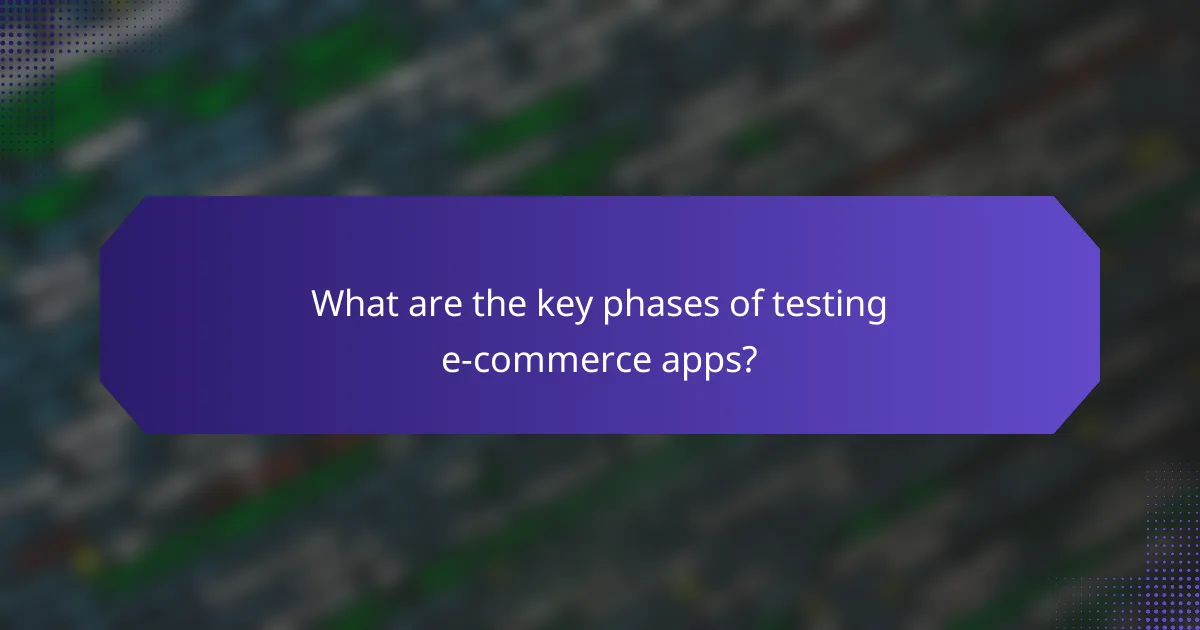
What are the key phases of testing e-commerce apps?
The key phases of testing e-commerce apps include unit testing, integration testing, and user acceptance testing. Each phase plays a critical role in ensuring the app functions correctly, meets user needs, and integrates seamlessly with other systems.
Unit testing
Unit testing focuses on verifying individual components of the e-commerce app, such as functions or classes, to ensure they perform as expected. This phase typically involves writing automated tests that check specific functionalities, allowing developers to catch bugs early in the development process.
For effective unit testing, consider using frameworks like JUnit for Java or Jest for JavaScript. Aim for a high coverage percentage, ideally above 80%, to ensure most of your code is tested.
Integration testing
Integration testing assesses how different components of the e-commerce app work together. This phase is crucial for identifying issues that may arise when various modules interact, such as payment processing and inventory management.
During integration testing, focus on critical workflows, such as the checkout process, to ensure data flows correctly between systems. Use tools like Postman or SoapUI to simulate API interactions and verify that integrated components function as intended.
User acceptance testing
User acceptance testing (UAT) involves real users testing the e-commerce app to validate its functionality and usability before launch. This phase is essential for gathering feedback and ensuring the app meets user expectations and requirements.
To conduct UAT effectively, recruit a diverse group of users who represent your target audience. Provide them with specific tasks to complete and gather their feedback through surveys or interviews. Aim to address any critical issues raised during this phase to enhance user satisfaction and app performance.
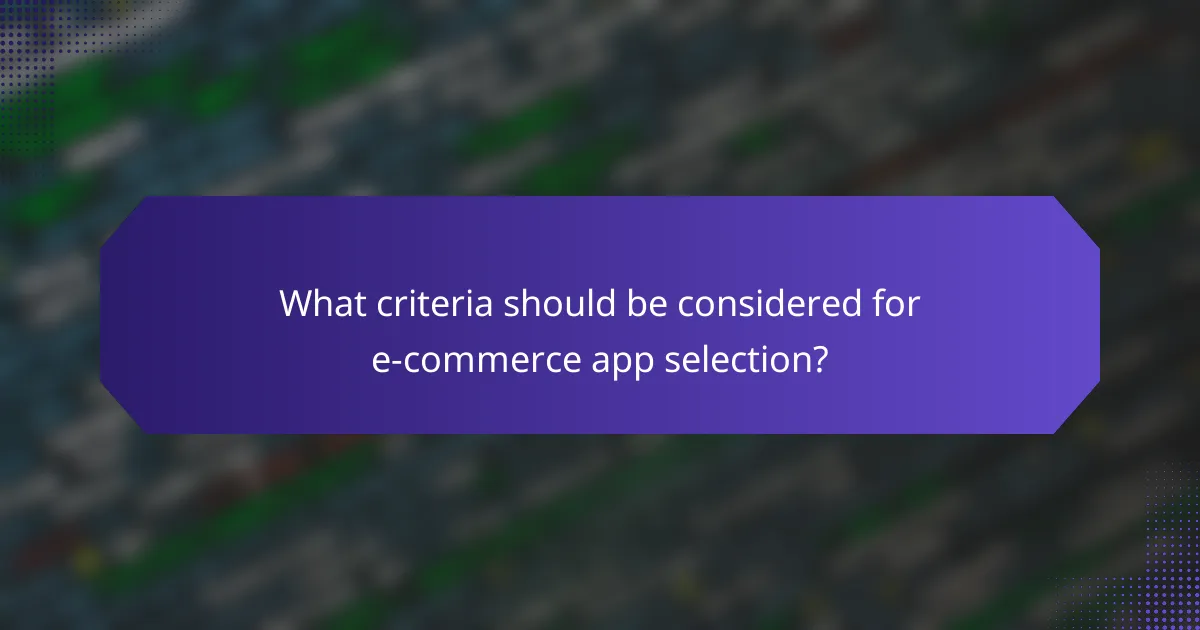
What criteria should be considered for e-commerce app selection?
When selecting an e-commerce app, it’s crucial to consider factors such as scalability, customization options, and integration capabilities. These criteria will help ensure the app meets your business needs and can adapt as your operations grow.
Scalability
Scalability refers to the app’s ability to handle increased loads without compromising performance. A scalable e-commerce app can accommodate growing numbers of users, transactions, and product listings efficiently.
Look for platforms that support cloud hosting or offer flexible pricing plans based on usage. This allows you to scale resources up or down based on demand, which is particularly important during peak shopping seasons.
Customization options
Customization options allow you to tailor the e-commerce app to fit your brand and specific business requirements. A good platform should offer a range of templates, themes, and plugins that can be modified to enhance user experience.
Consider whether the app supports custom coding or third-party integrations. This flexibility can help you create unique features that differentiate your store from competitors, such as personalized recommendations or loyalty programs.
Integration capabilities
Integration capabilities determine how well the e-commerce app can connect with other systems, such as payment gateways, inventory management, and customer relationship management (CRM) tools. Seamless integration is vital for streamlining operations and enhancing user experience.
Evaluate the app’s compatibility with popular services and APIs. Ensure it can easily integrate with tools you already use or plan to adopt, which can save time and reduce operational friction.
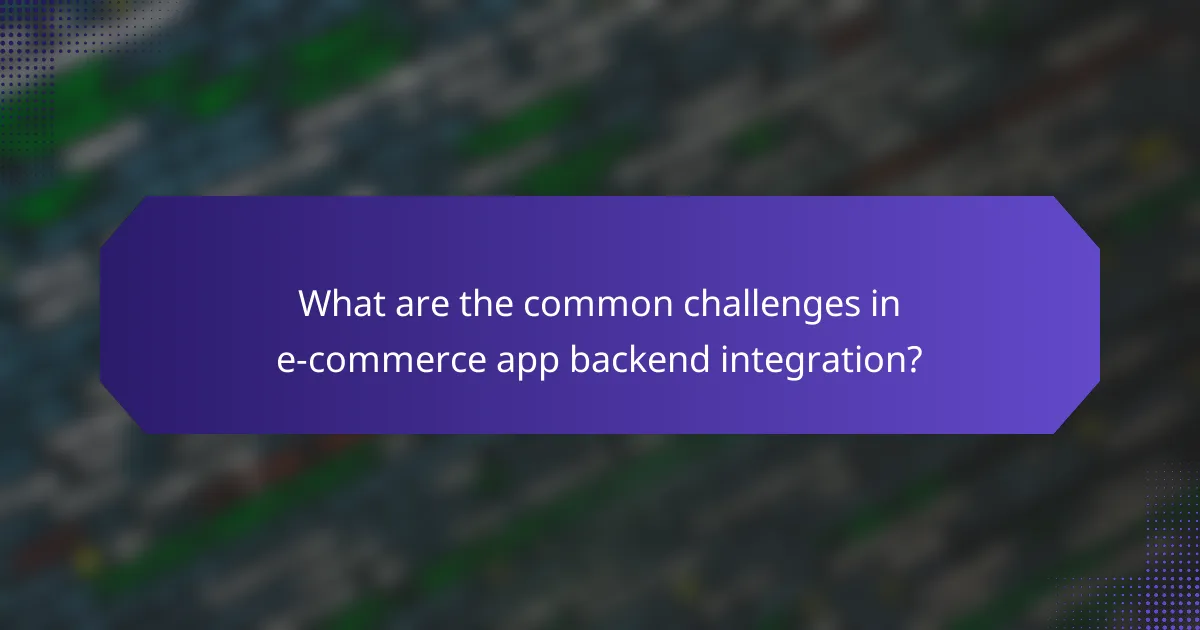
What are the common challenges in e-commerce app backend integration?
Backend integration in e-commerce apps often faces challenges such as data synchronization, security issues, and compatibility with various third-party services. These obstacles can hinder the overall performance and user experience of the application.
Data Synchronization Issues
Data synchronization is crucial for ensuring that all parts of the e-commerce app reflect the same information. When integrating multiple systems, discrepancies can arise, leading to outdated inventory levels or incorrect pricing. Regular audits and automated syncing processes can help mitigate these issues.
Consider using webhooks or APIs to facilitate real-time updates between your backend and other services. This approach can reduce the risk of data lag and improve user trust in the platform.
Security Concerns
Security is a paramount concern when integrating various backend systems, especially in e-commerce where sensitive customer information is involved. Ensuring that data is encrypted during transmission and stored securely is essential to protect against breaches.
Implementing OAuth for authentication and following PCI DSS standards for payment processing can significantly enhance security. Regularly updating your security protocols and conducting vulnerability assessments are also recommended practices.
Compatibility with Third-Party Services
Compatibility issues can arise when integrating third-party services such as payment gateways, shipping providers, and analytics tools. Each service may have different requirements or APIs, complicating the integration process.
To address this, thoroughly research and select services that offer robust documentation and support. Testing integrations in a staging environment before going live can help identify potential issues early in the process.







